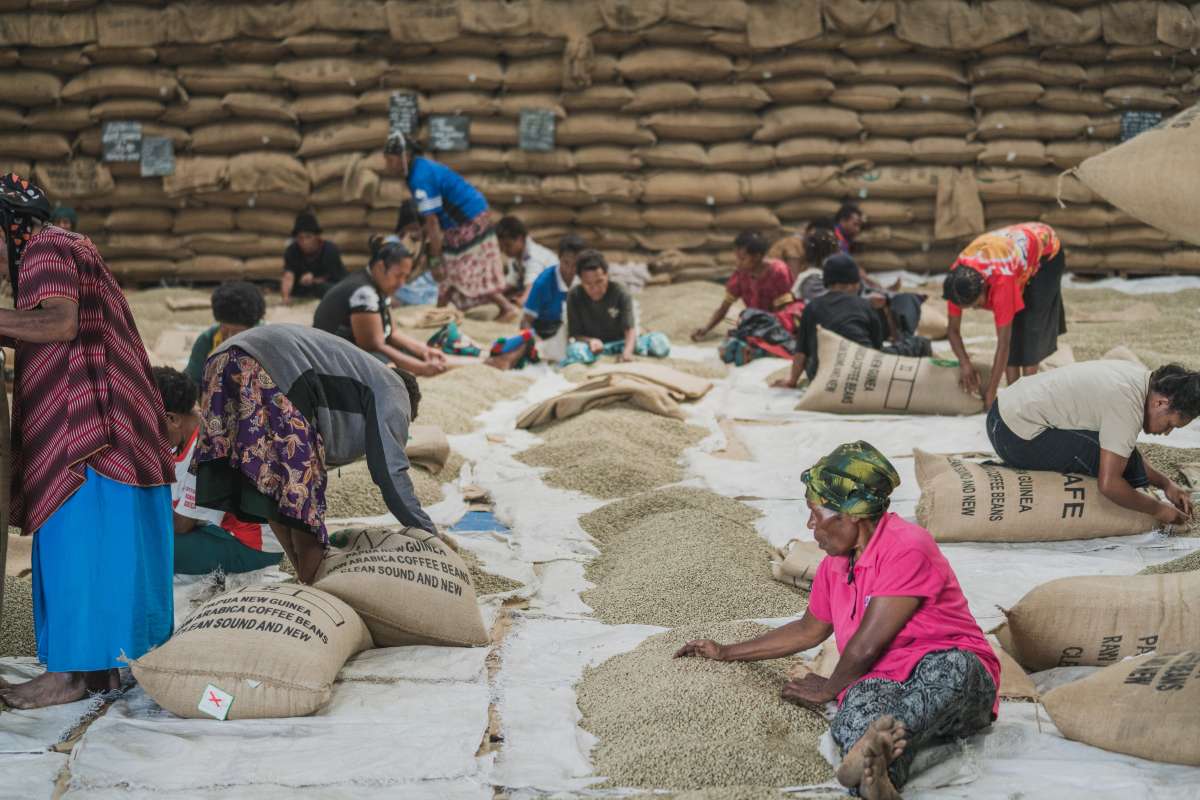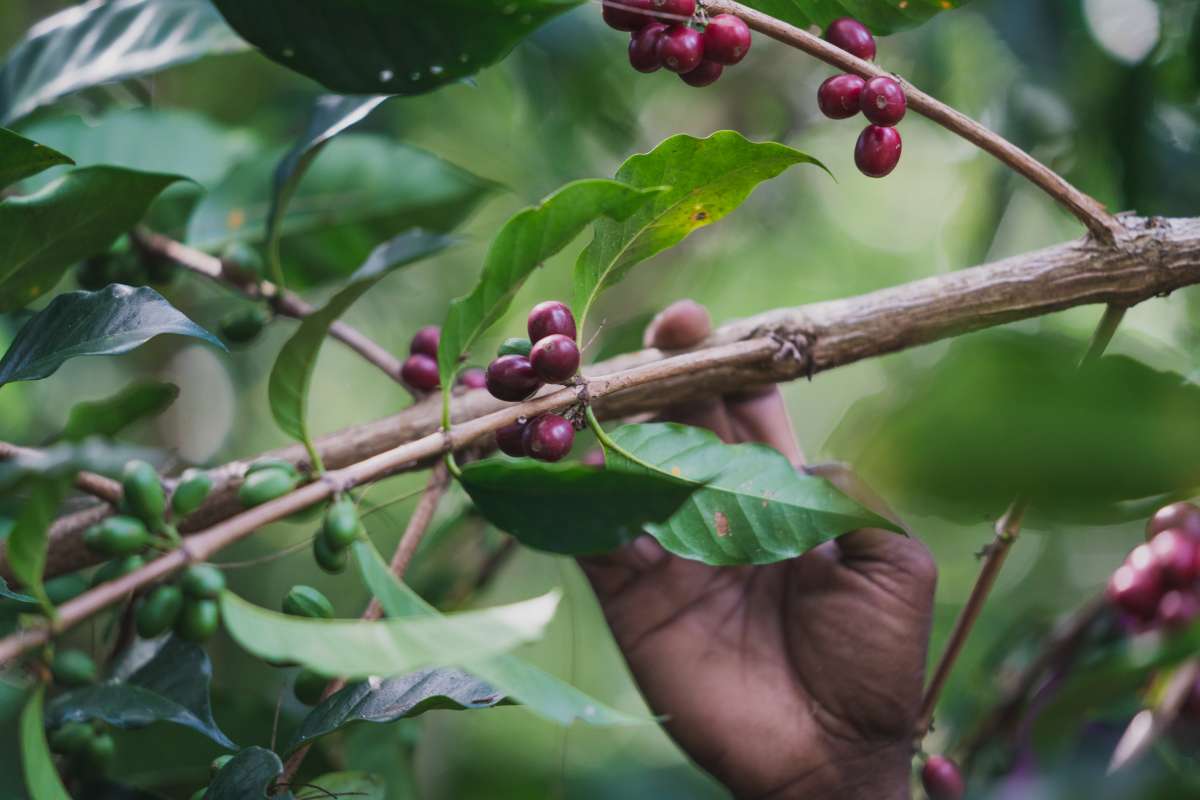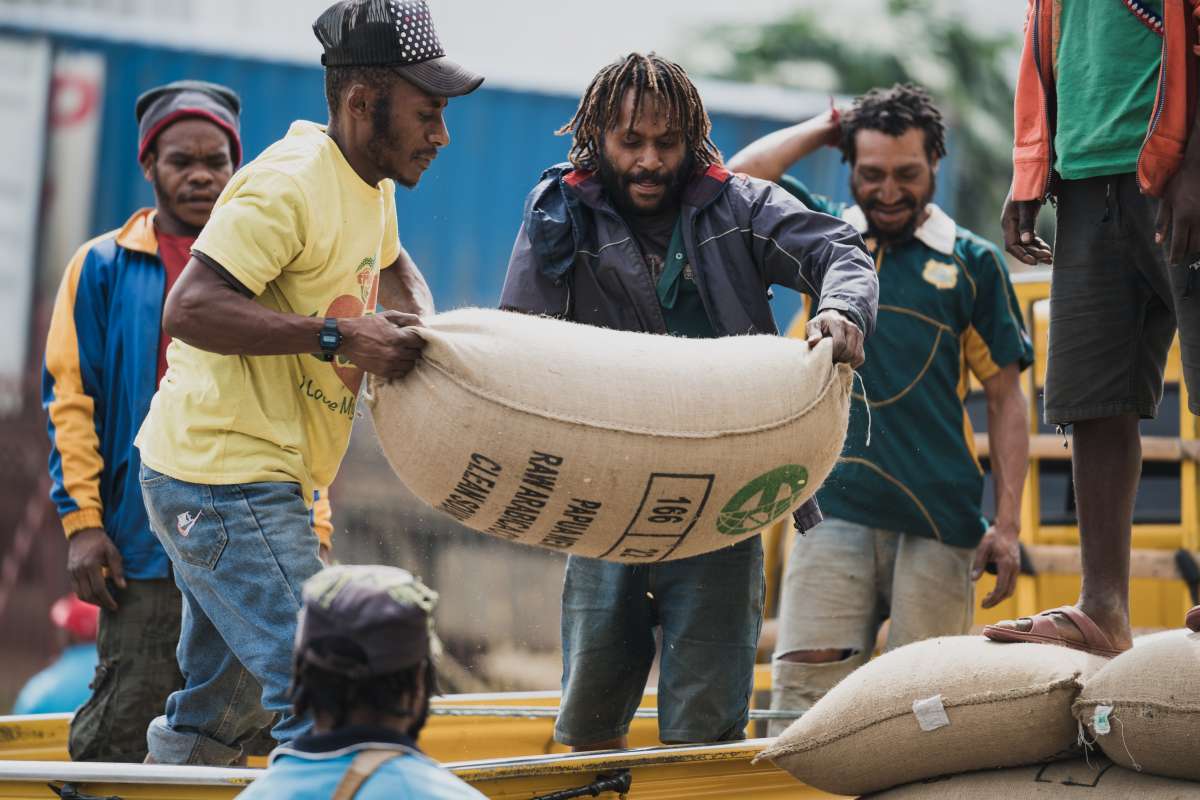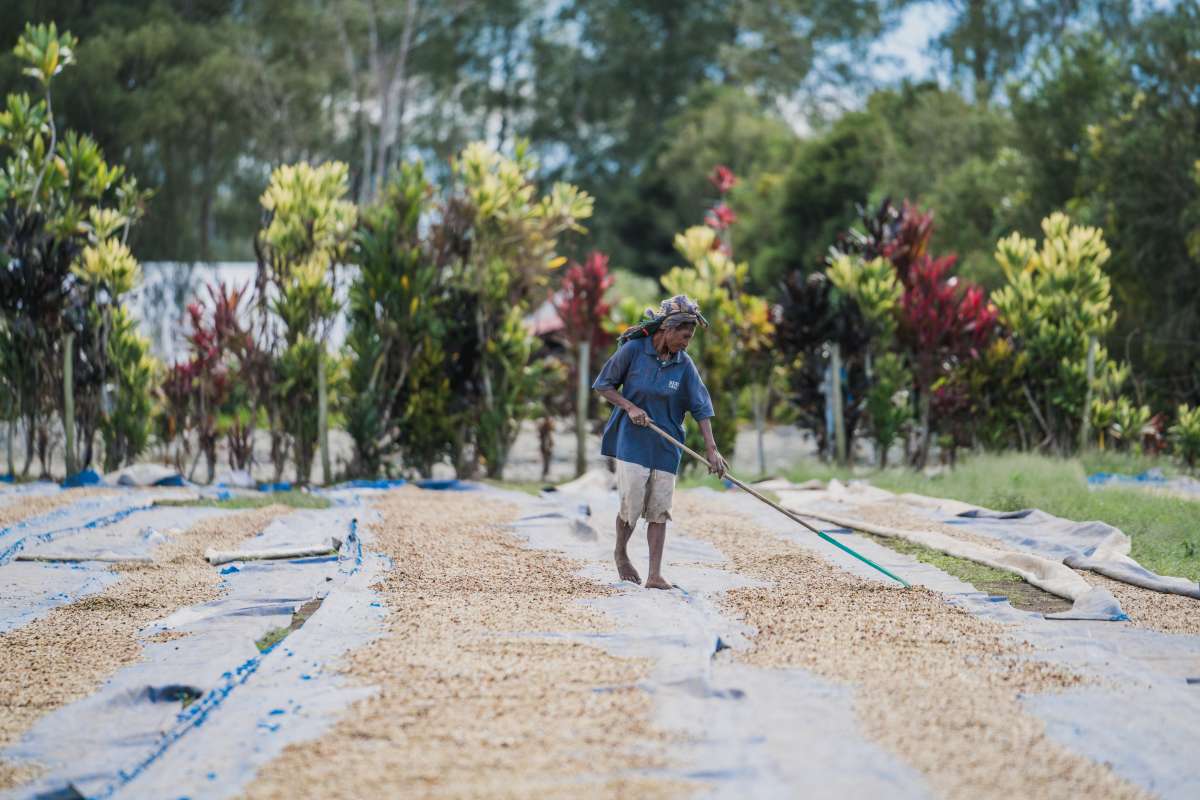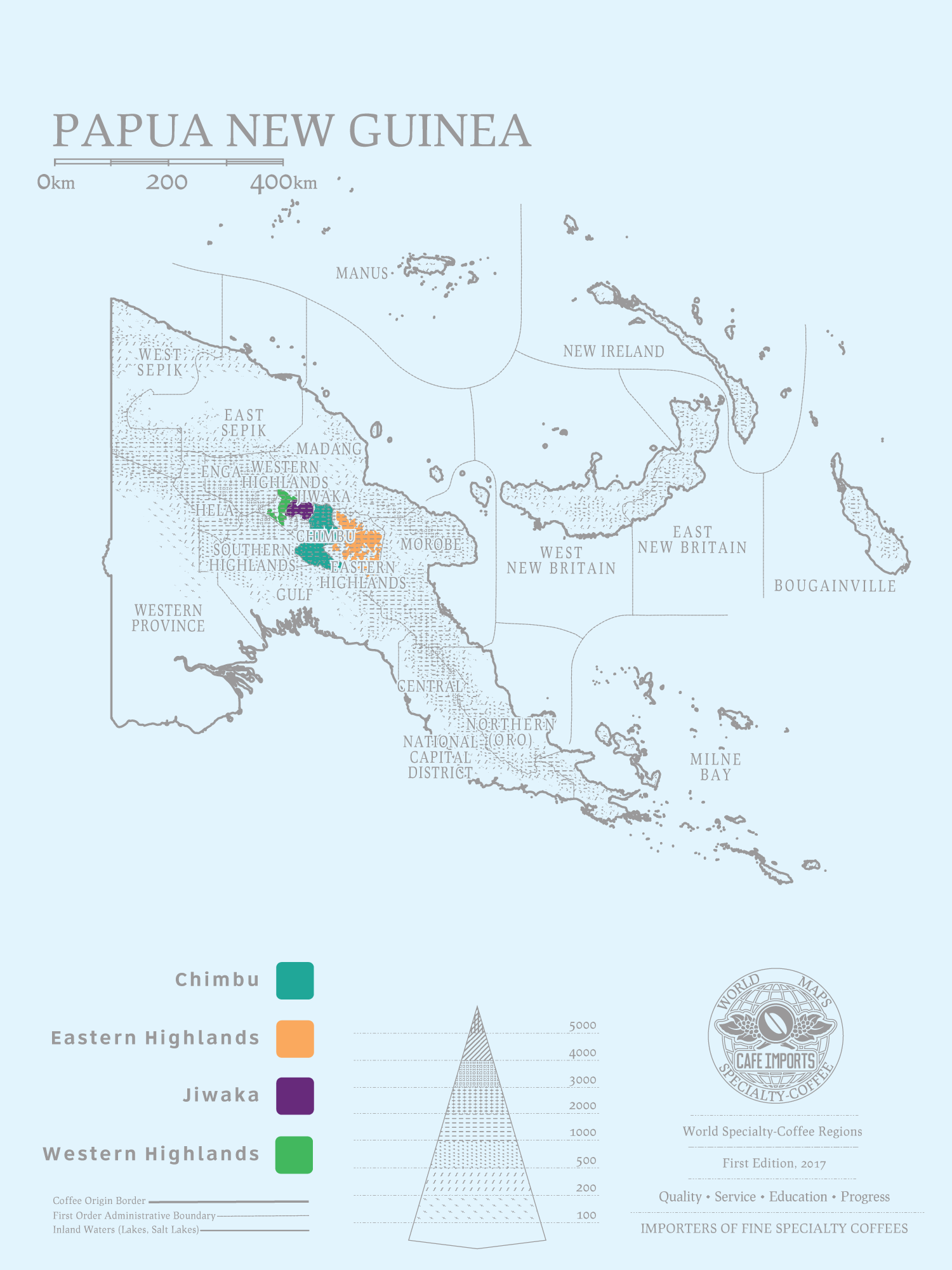Papua New Guinea
A unique characteristic of the coffee in Papua New Guinea is the grading system used that measures screen size, color, shape, defects, aroma, and cup quality. This unique system lends a hand to the sugary with savory cooked fruit flavor, tomato, toffee, lemon and grapefruit flavors found in each cup of coffee you enjoy.
Germans and British colonized Papua New Guinea in the 19th century, with the Germans toward the north and Brits in the south, where they planted coffee in and around Port Moresby in order to sell it to the Australian market. In the 1920s, commercial coffee production was increased through the introduction of Typica coffee from Jamaica, a variety commonly known as Blue Mountain.
Majority of coffee production comes from smallholder farmers, each with around 1–2 hectares called “gardens” in which they grow small amounts of coffee as well as whatever else a family or community might need for use or sale.
Less than 3 percent of the country is used for commercial agriculture, and forest makes up more than 63 percent of Papua New Guinea’s landscape.
City skyline
Photo By: John Doe
Button




